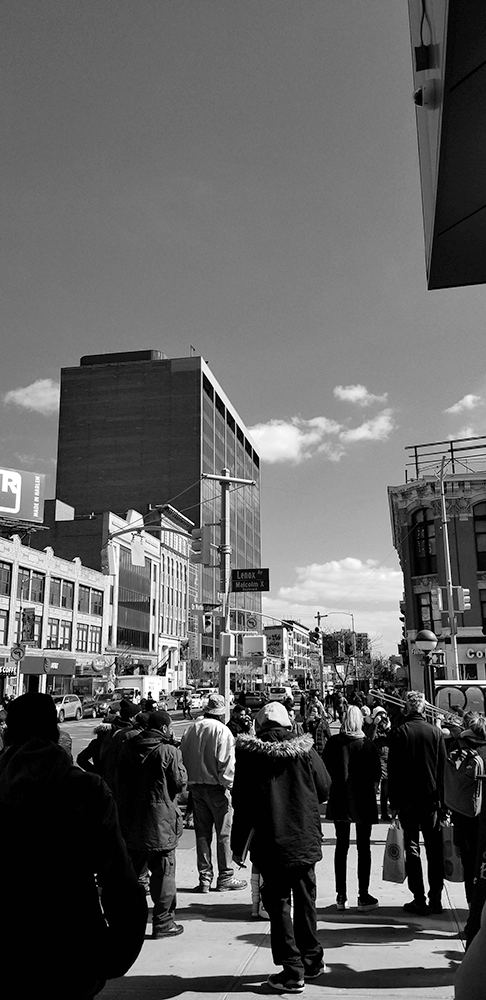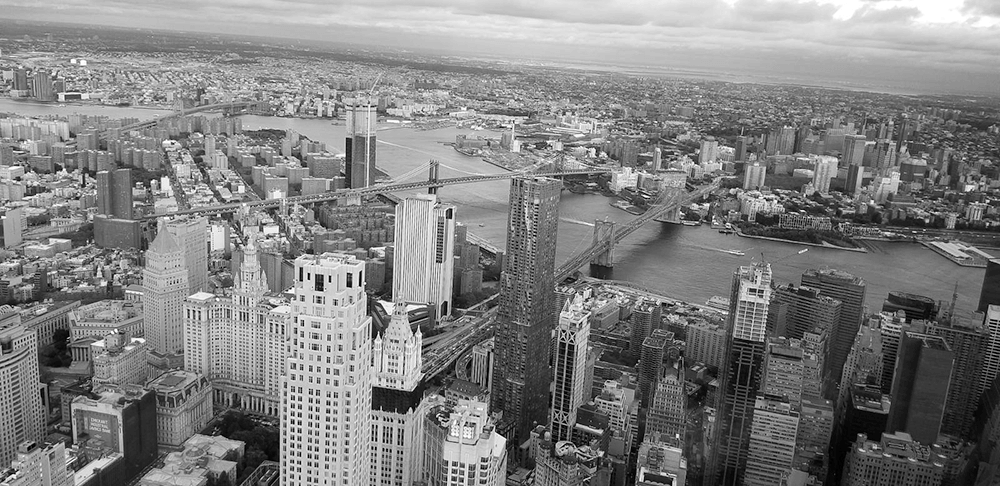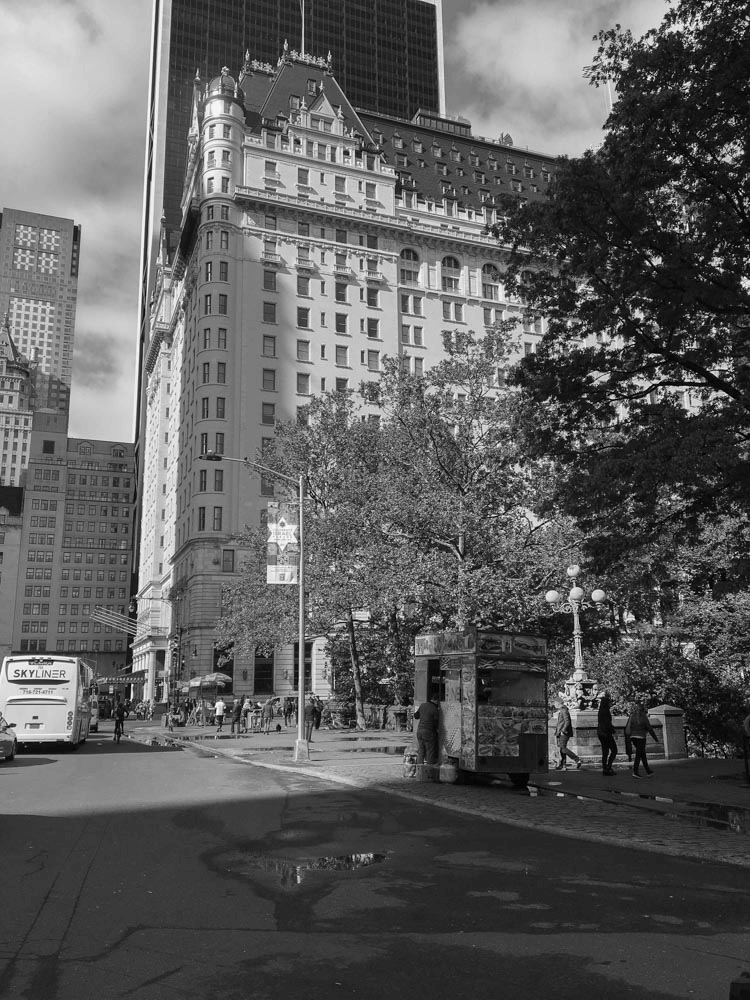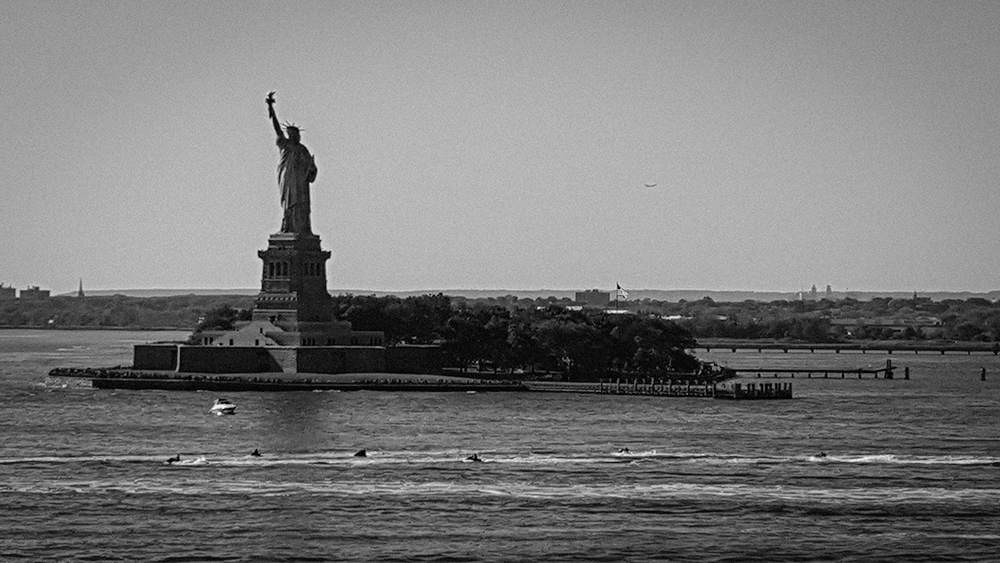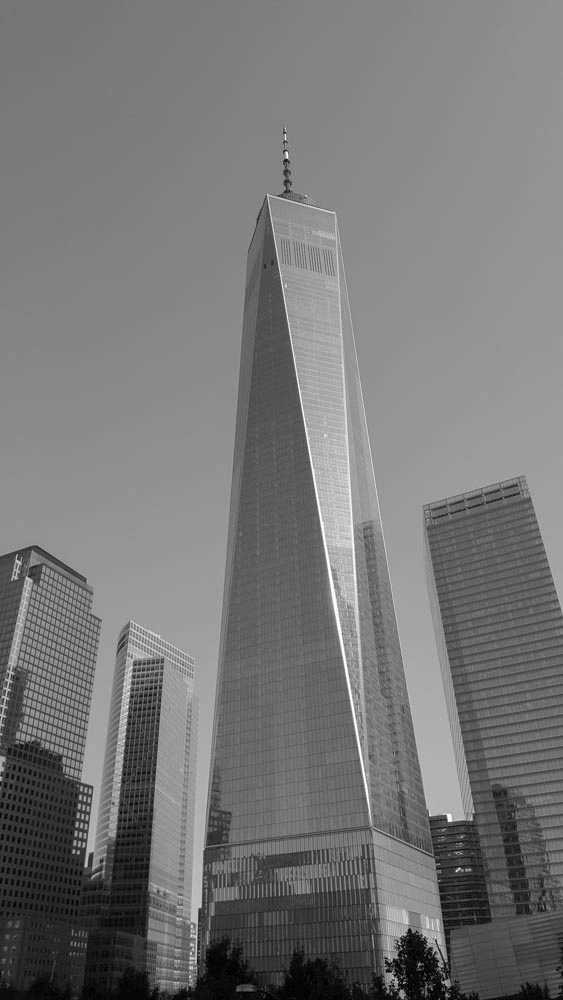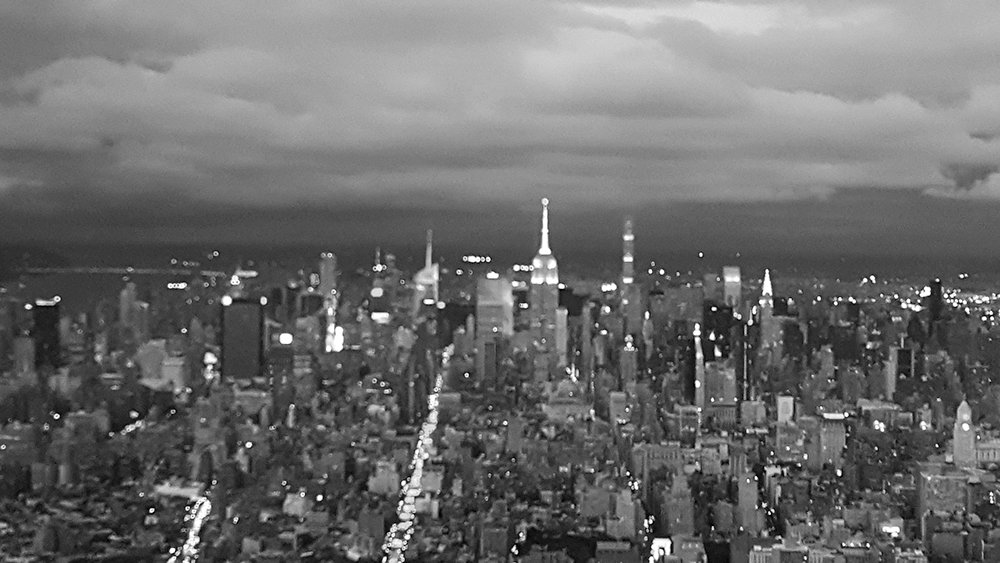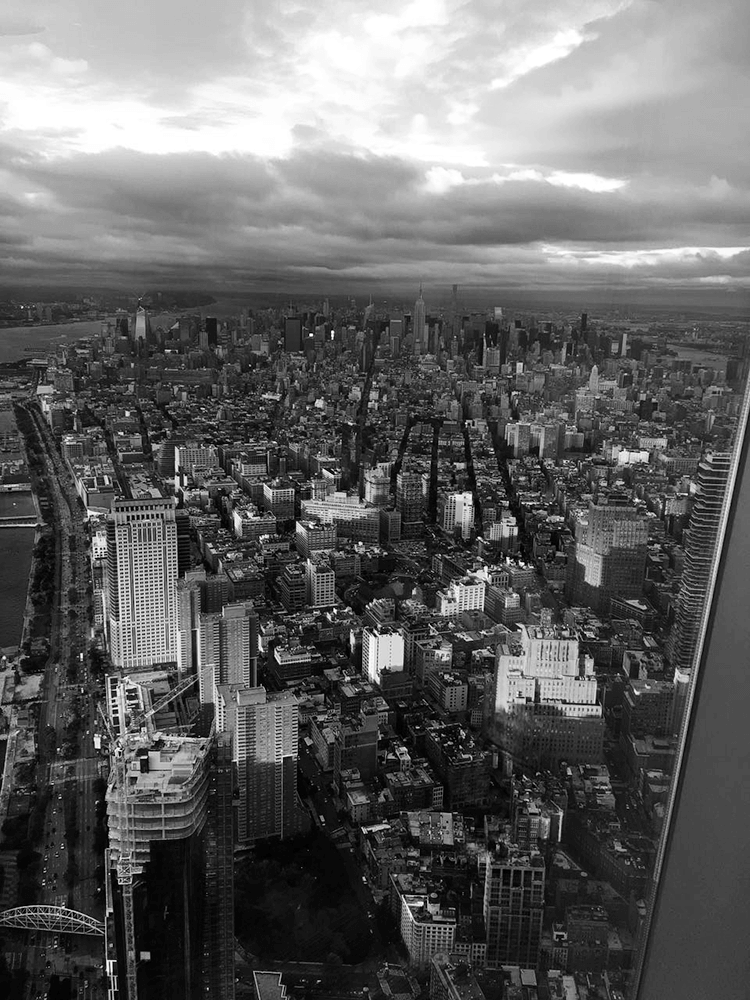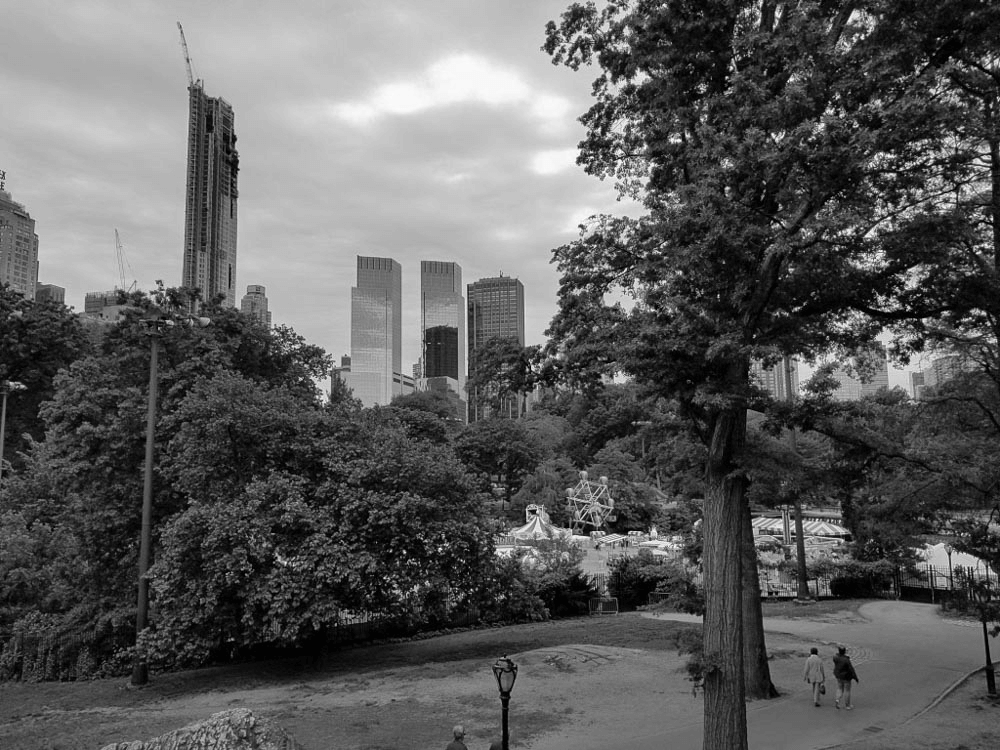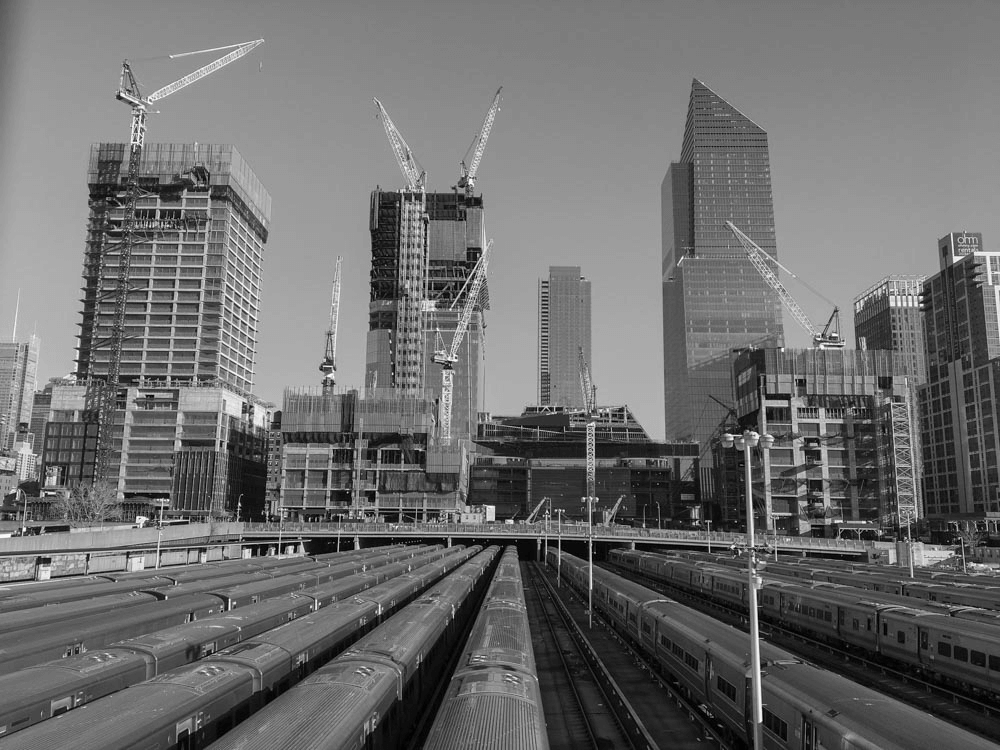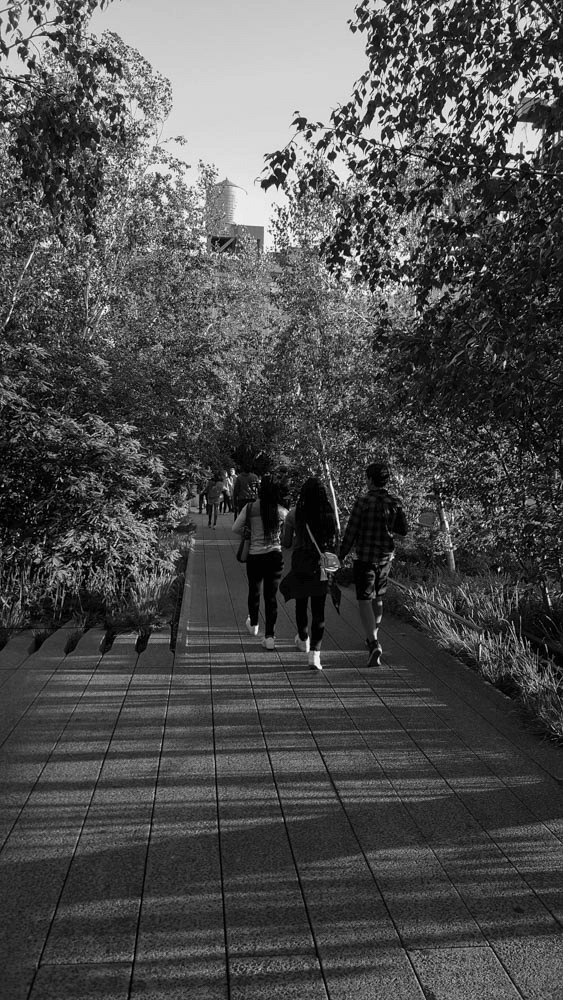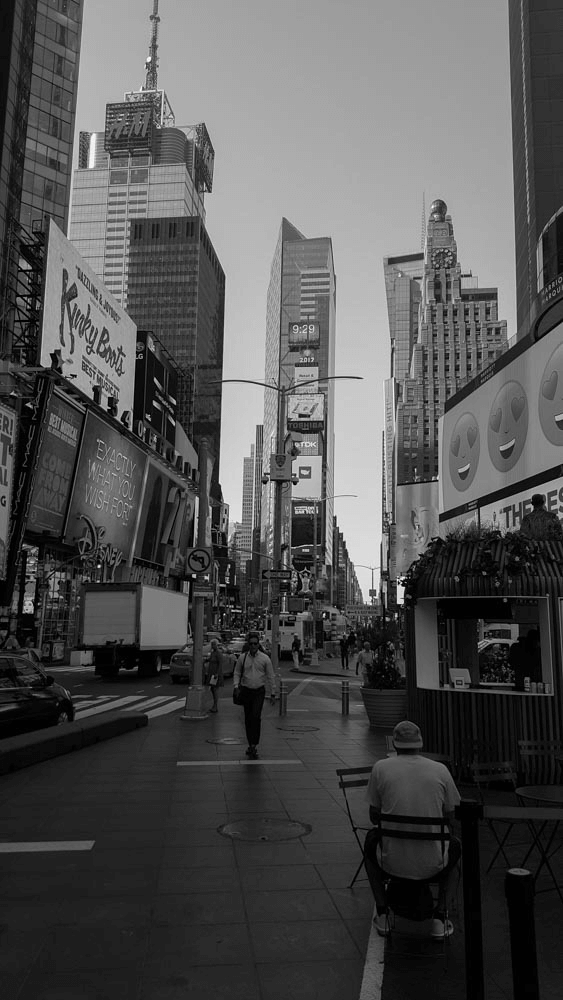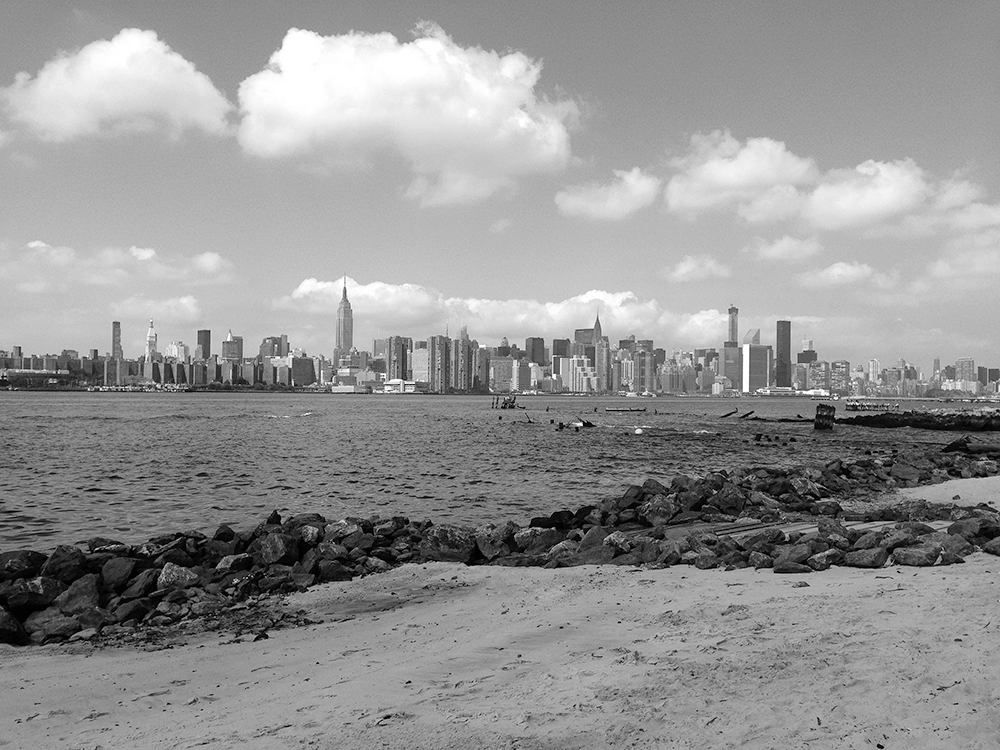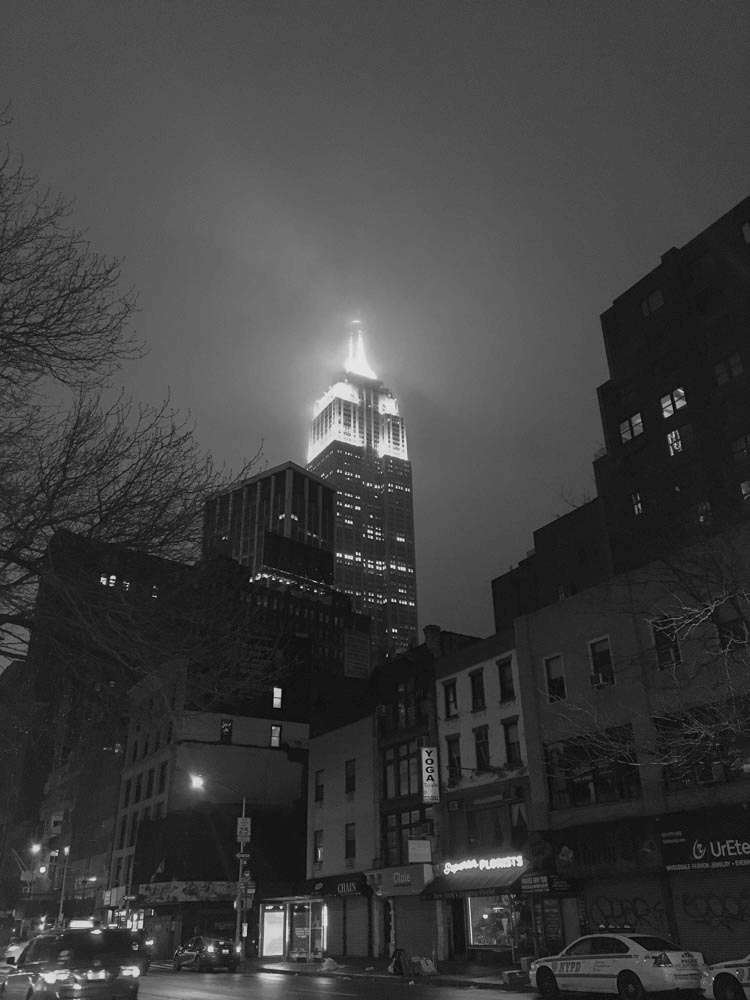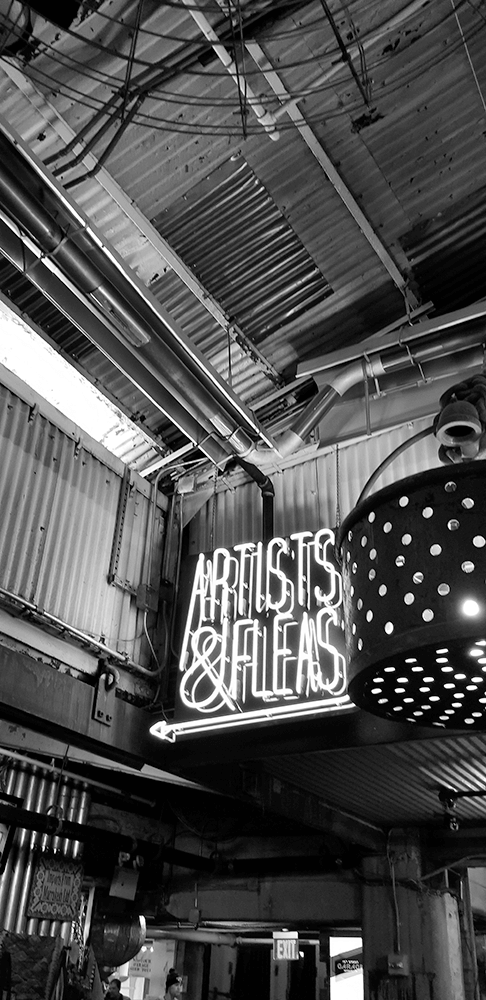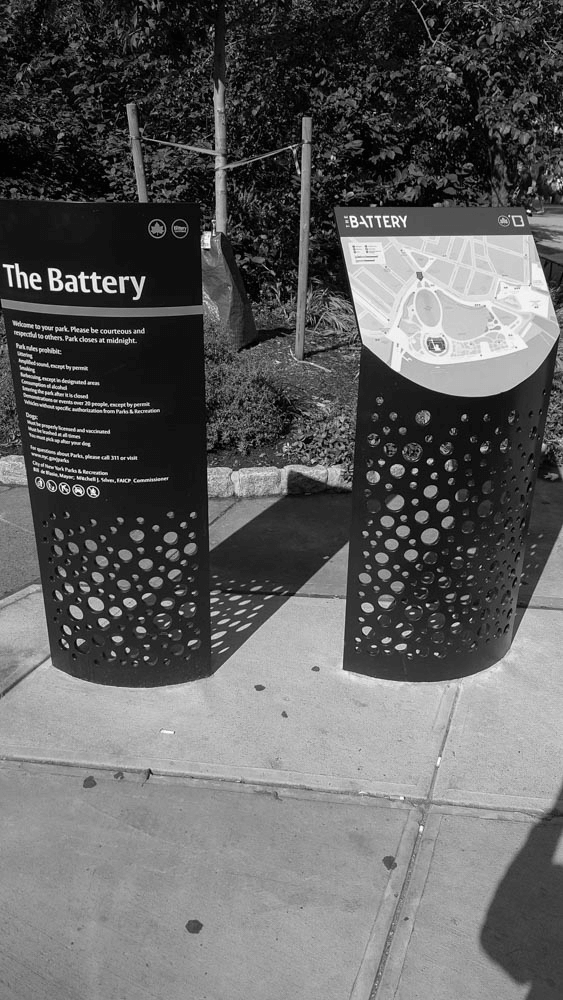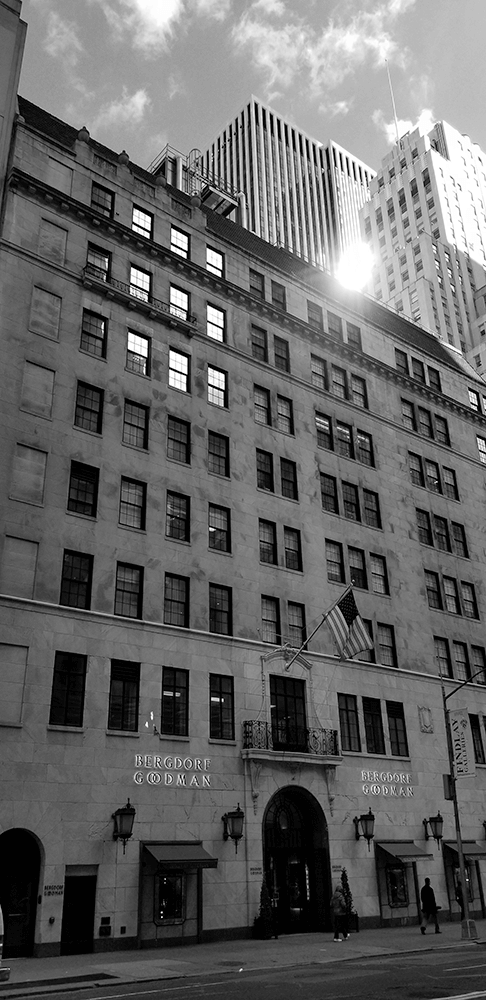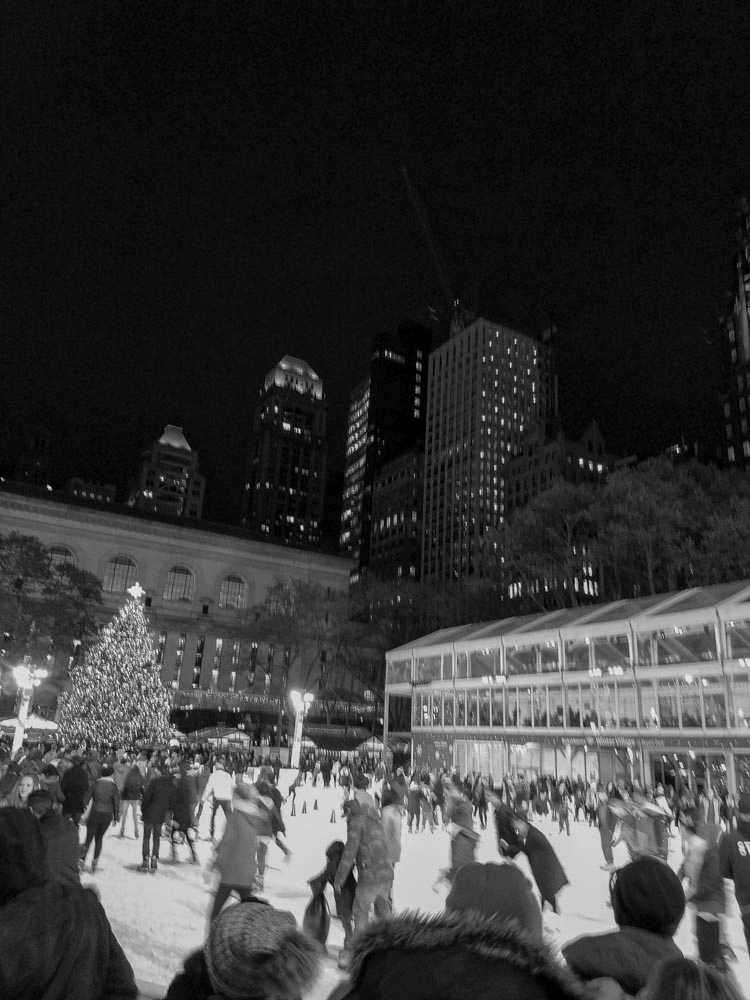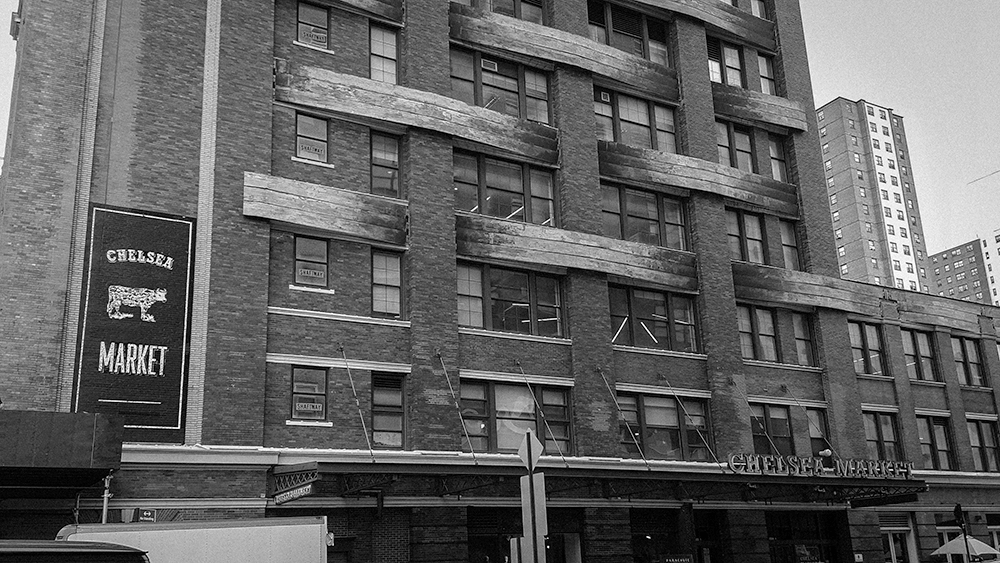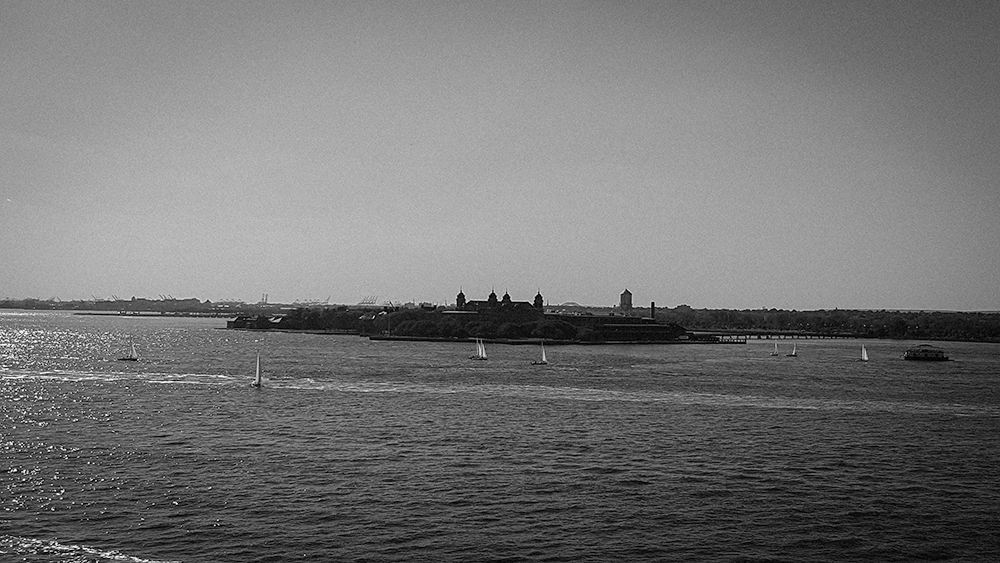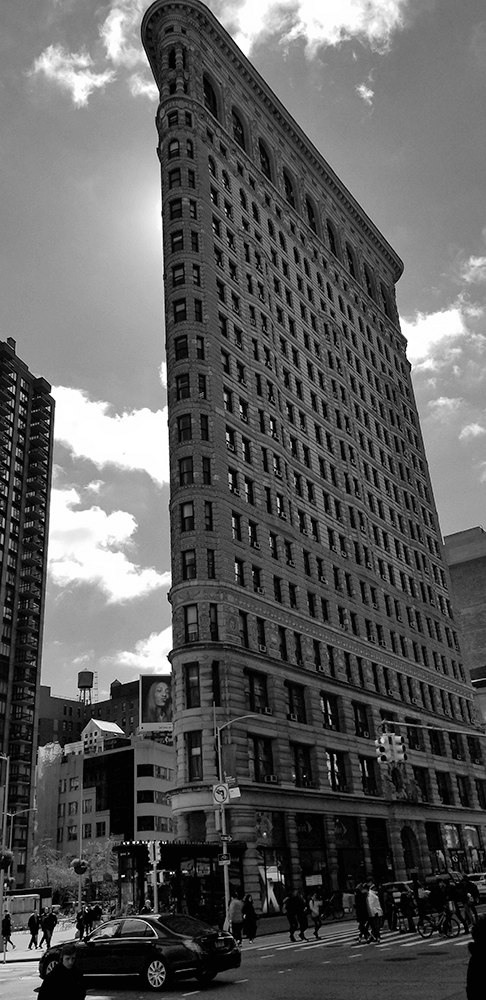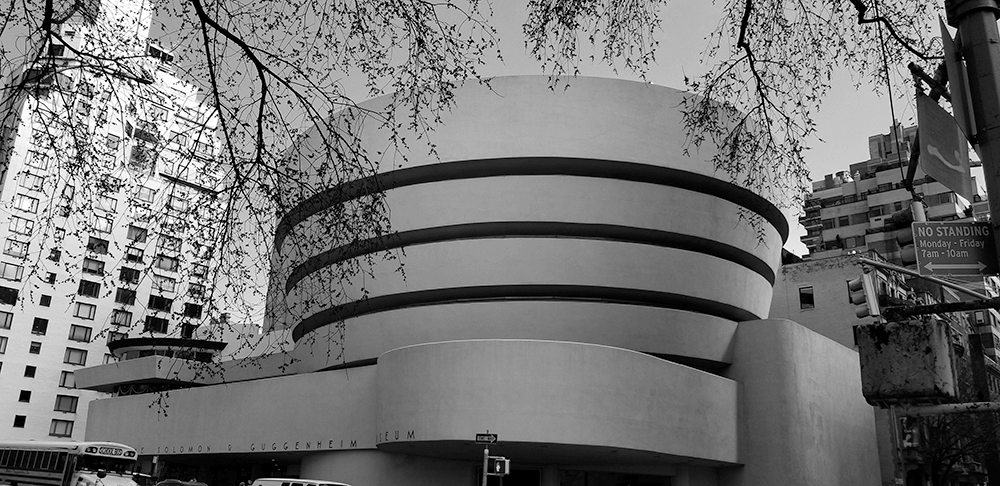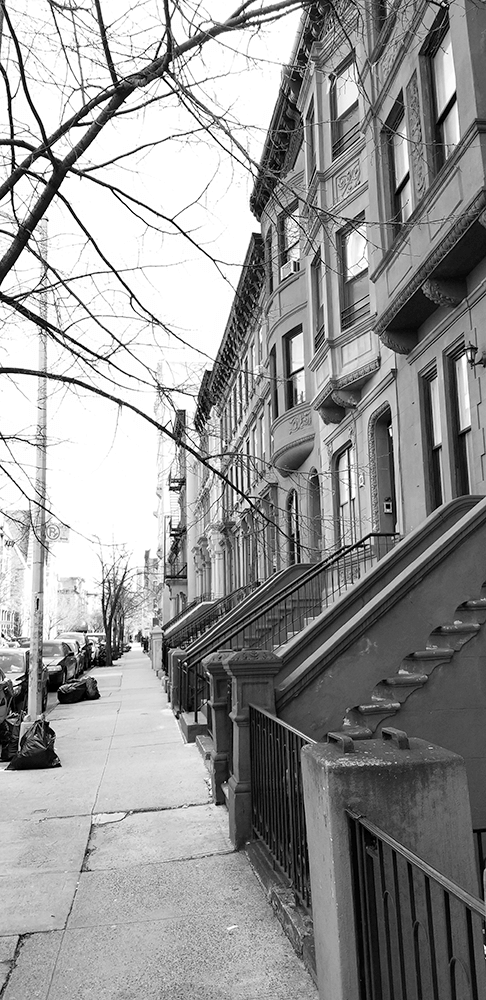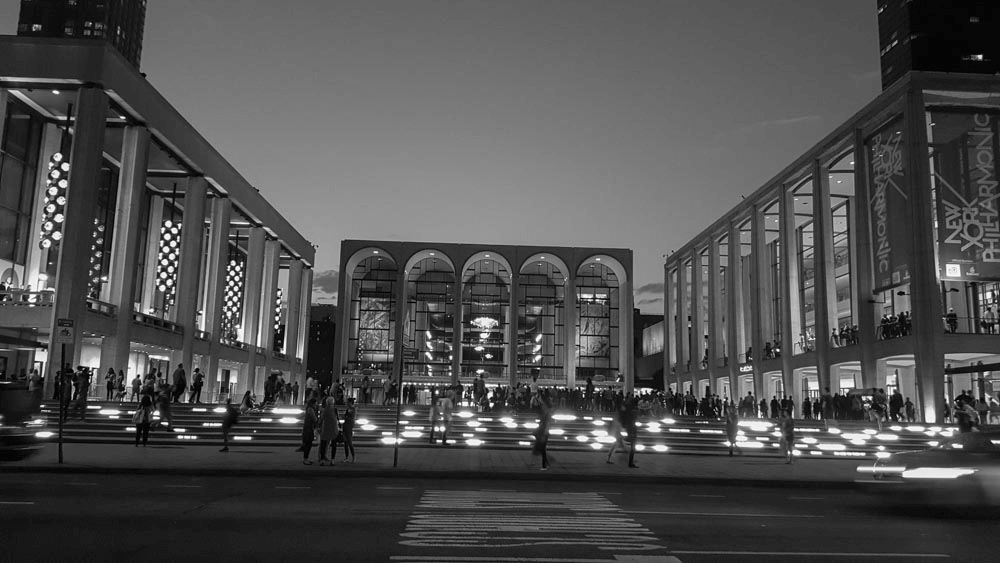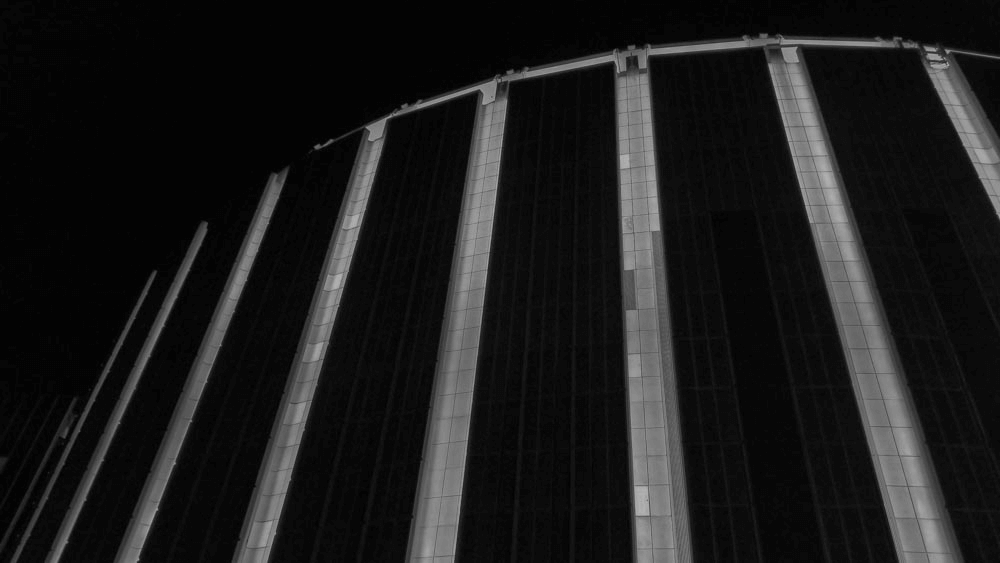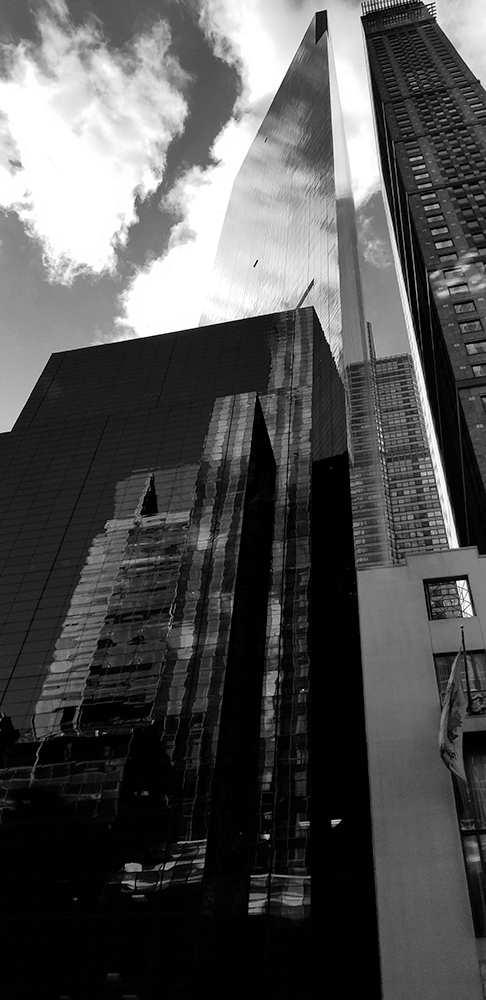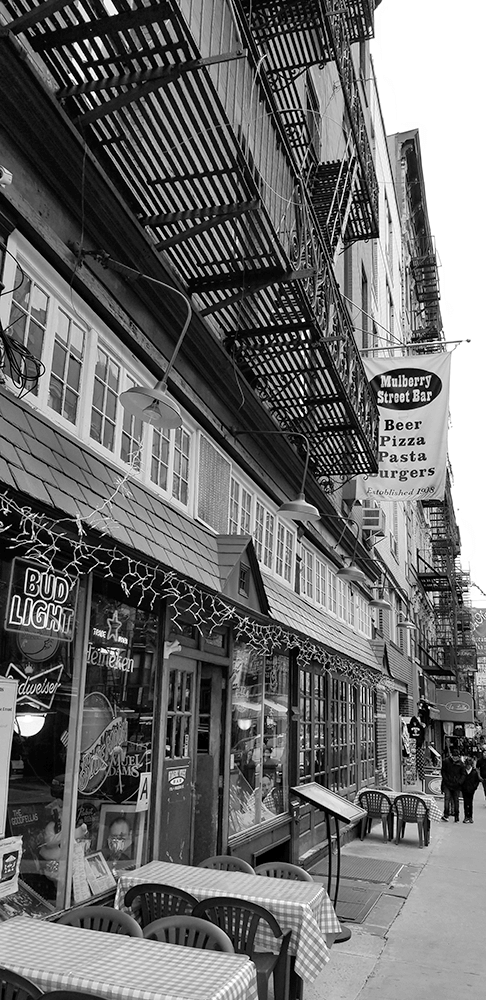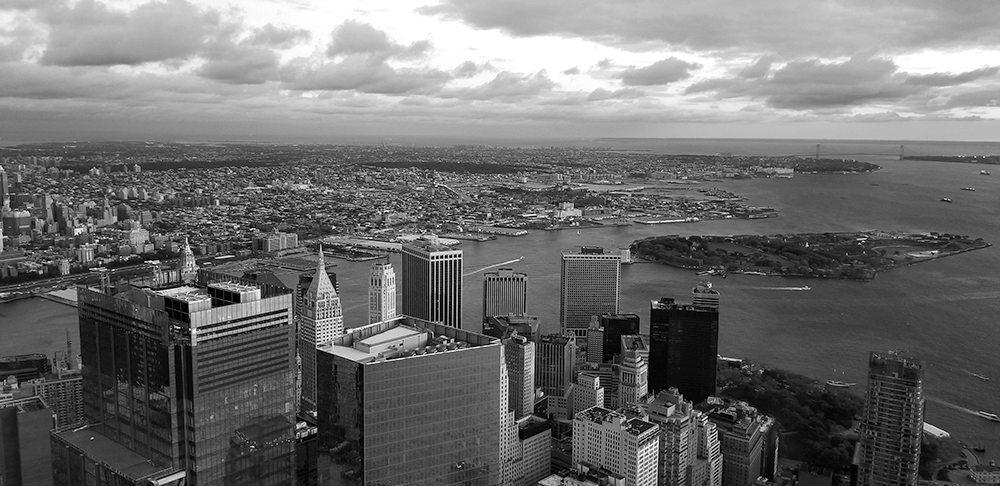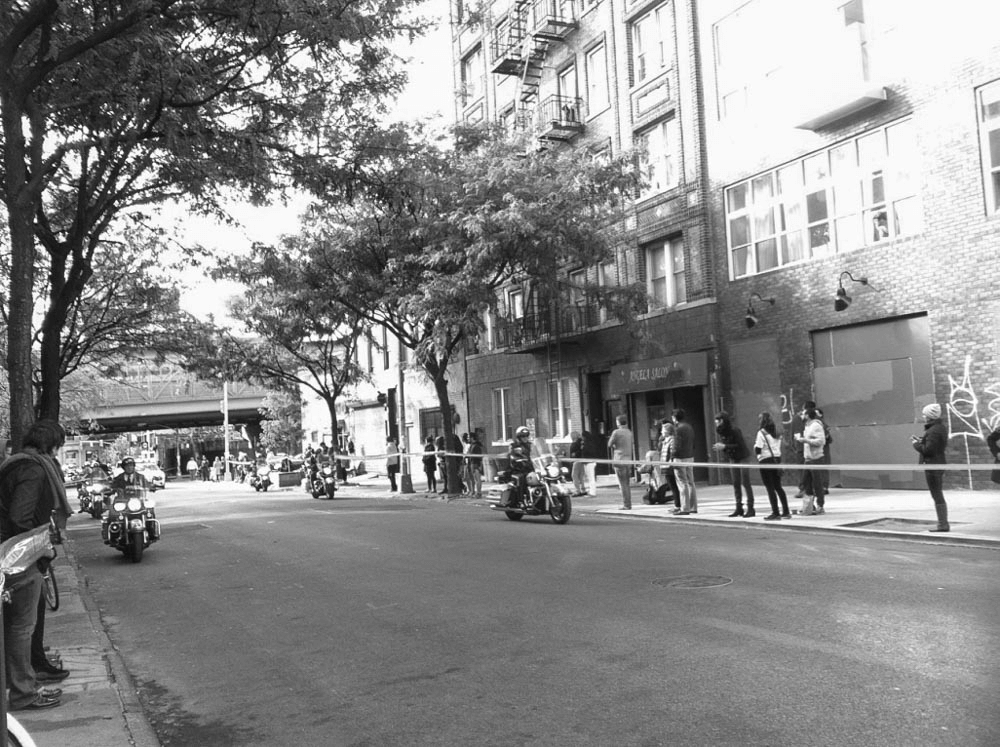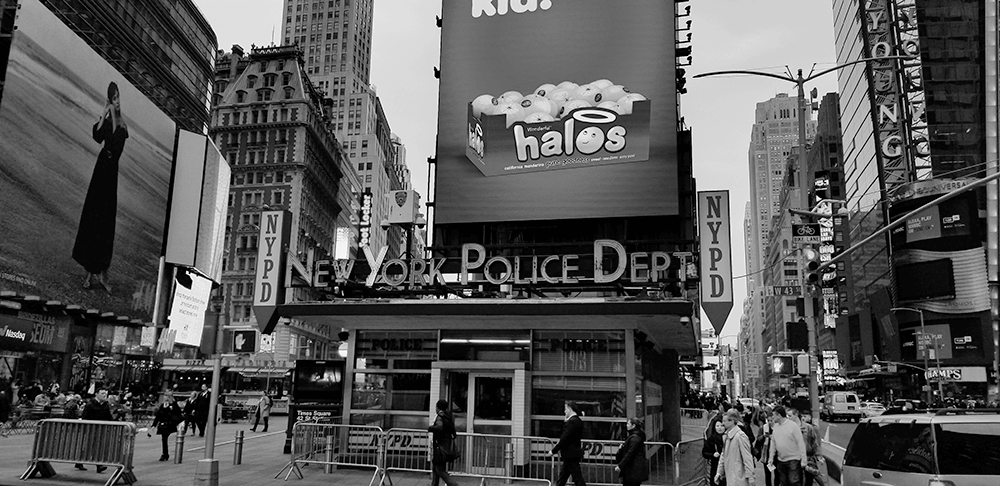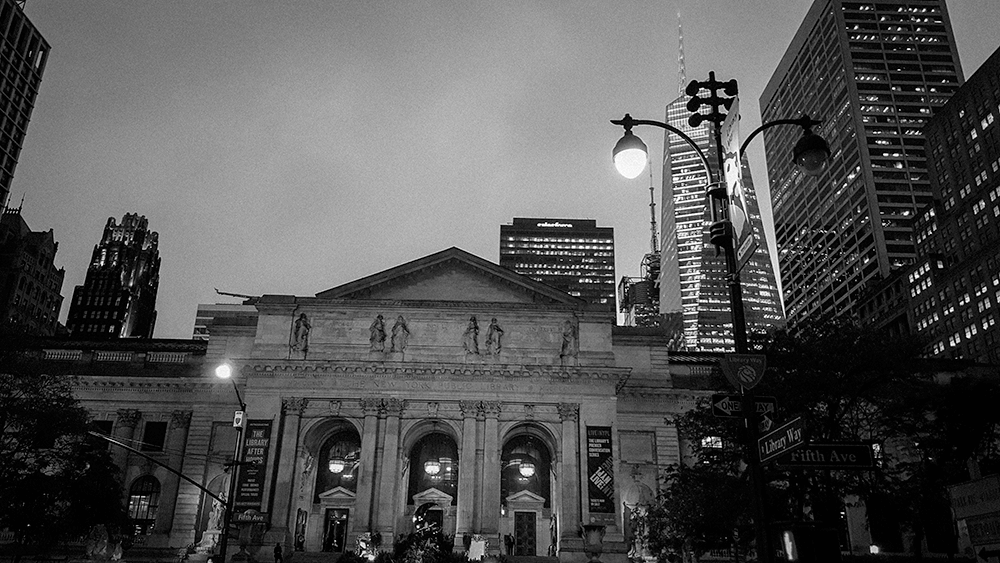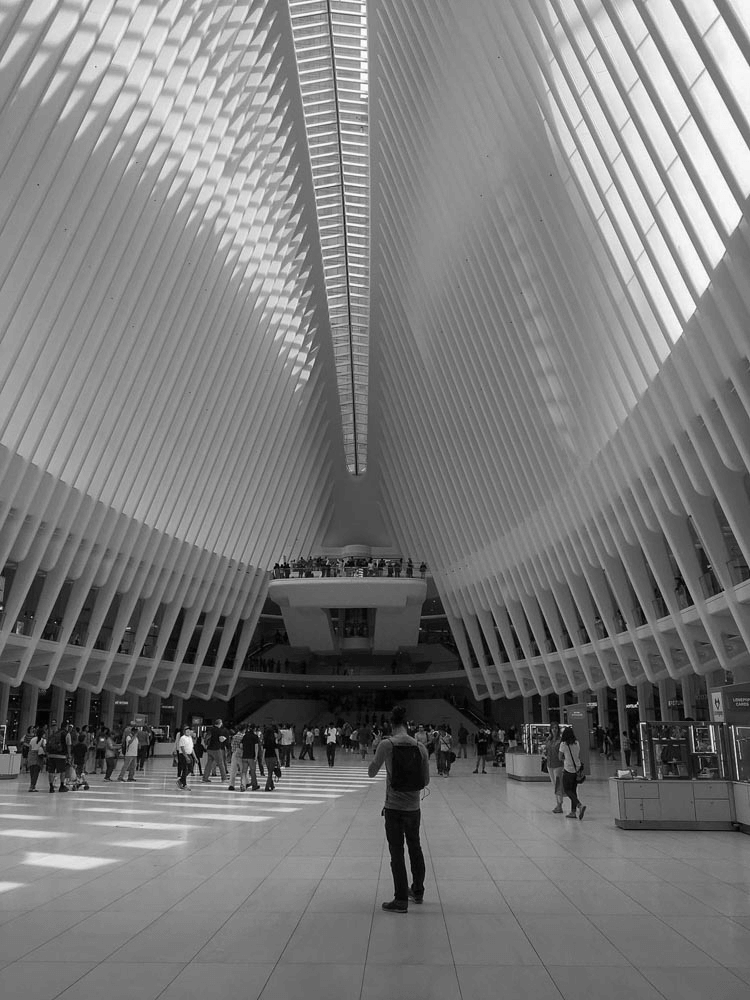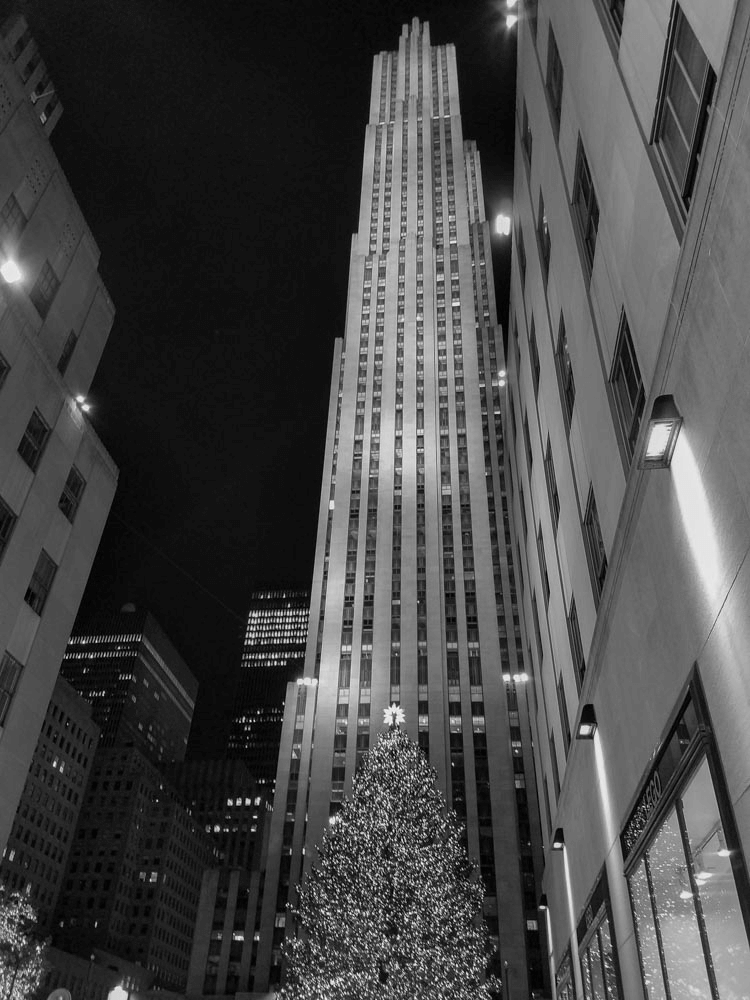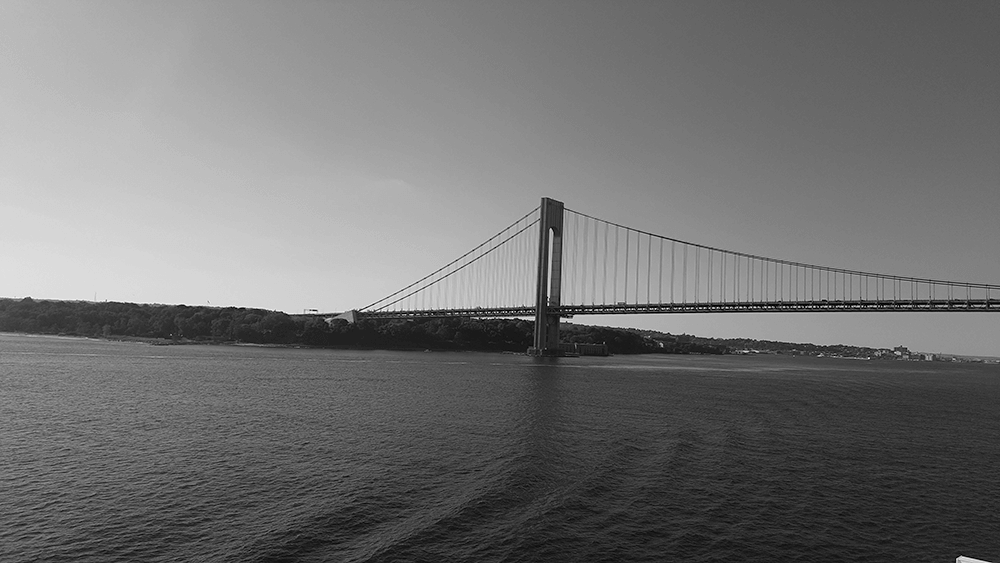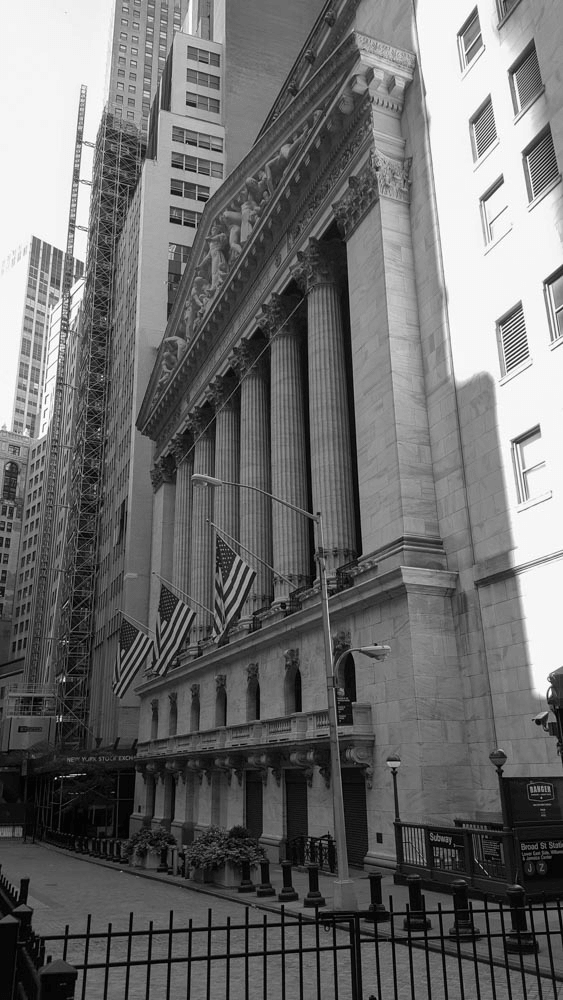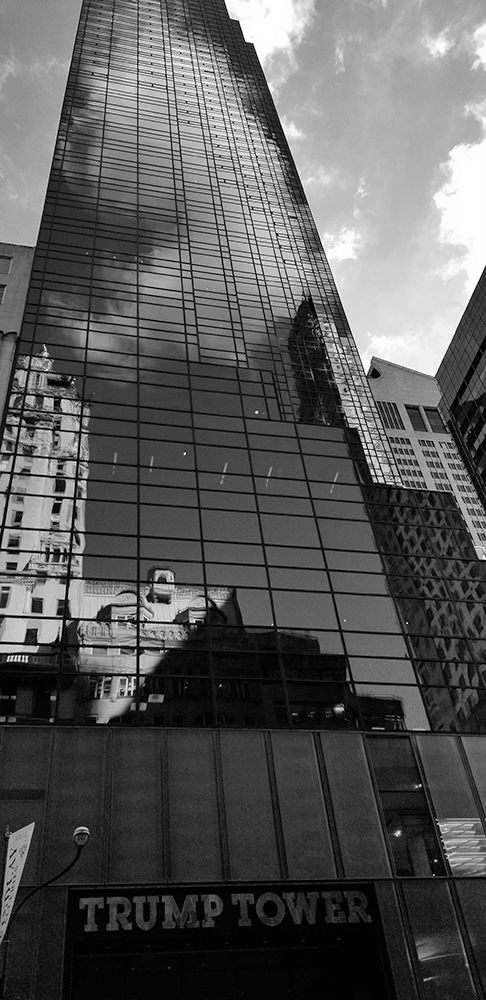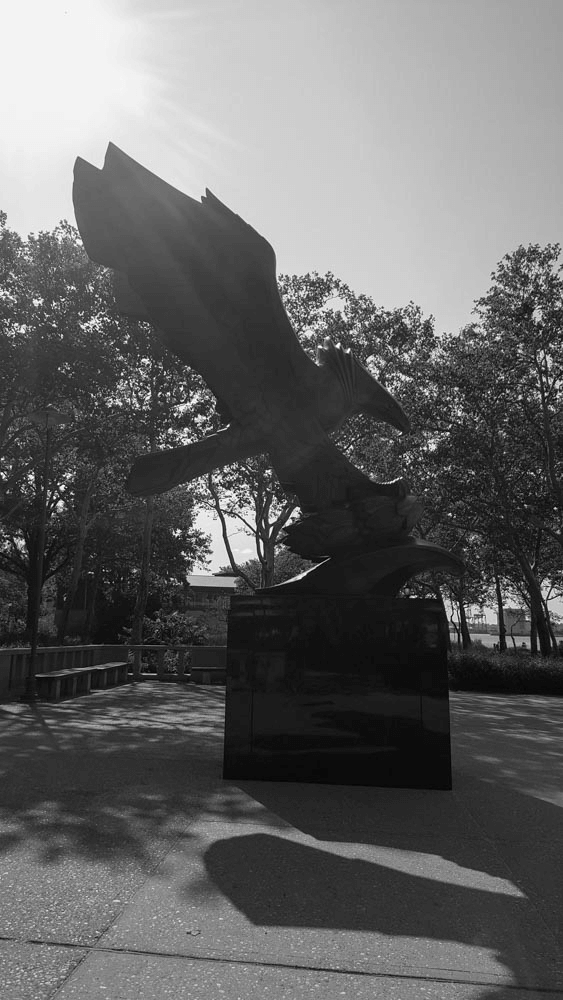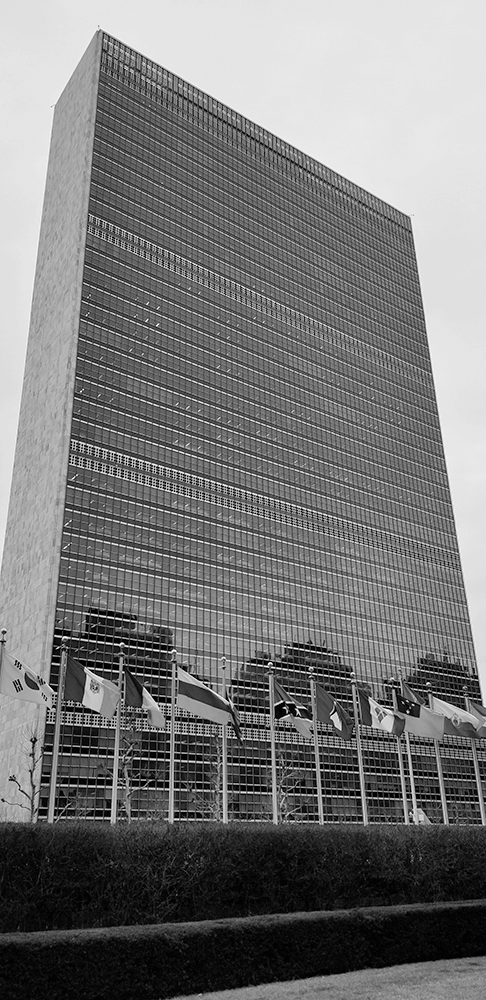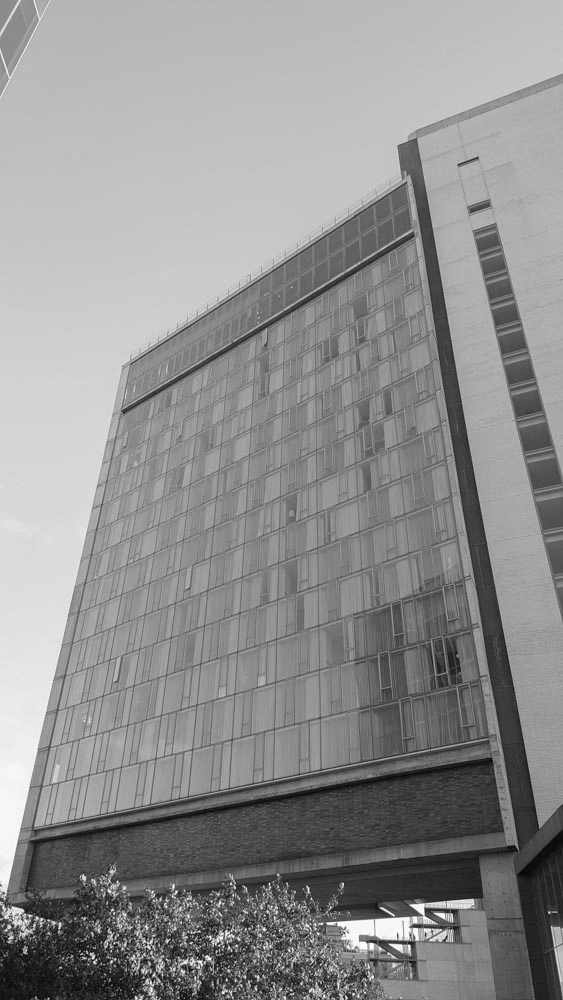Museum
Harlem
Dyckman Farmhouse Museum
Dyckman Farmhouse Museum – Ein Stück Geschichte in New York City Das Dyckman Farmhouse Museum ist ein historisches Juwel, das sich im Stadtteil Inwood in Manhattan, New York City, befindet. Dieses charmante Museum bietet einen faszinierenden Einblick in das Leben und die Kultur des 19. Jahrhunderts und ist ein bedeutendes Beispiel für die Geschichte der niederländischen Siedler in der Region. Das Museum ist in einem restaurierten Bauernhaus untergebracht, das ursprünglich im Jahr 1784 erbaut wurde und als eines der ältesten erhaltenen Gebäude in Manhattan gilt. Geschichte des Dyckman Farmhouse Das Dyckman Farmhouse wurde von der Familie Dyckman, einer der ersten niederländischen Familien, die sich in der Region niederließen, erbaut. Die Familie betrieb eine erfolgreiche Farm, die sich über 250 Morgen erstreckte und eine Vielzahl von landwirtschaftlichen Produkten anbaute. Die Dyckmans waren wichtige Mitglieder der Gemeinschaft und trugen zur Entwicklung der Umgebung bei. Im Jahr 1916 wurde das Gebäude von der Stadt New York erworben, um es als Museum zu nutzen. Nach umfangreichen Restaurierungsarbeiten wurde das Dyckman Farmhouse Museum 1919 für die Öffentlichkeit zugänglich gemacht. Das Museum ist heute ein wichtiger Ort für Bildung und kulturelle Veranstaltungen und zieht Besucher aus der ganzen Stadt und darüber hinaus an. Architektur und Design Das Dyckman Farmhouse ist ein beeindruckendes Beispiel für die niederländische Kolonialarchitektur. Fassade: Die Fassade des Hauses ist aus lokalem Stein und Holz gebaut, mit typischen Elementen wie einem schrägen Dach und großen Fenstern, die viel Licht hereinlassen. Die ursprüngliche Bauweise spiegelt die Praktiken und Materialien der Zeit wider. Innenräume: Die Innenräume des Museums sind sorgfältig restauriert und zeigen, wie das Leben im 19. Jahrhundert aussah. Die Räume sind mit authentischen Möbeln, Haushaltsgegenständen und Kunstwerken ausgestattet, die den Besuchern einen Einblick in den Alltag der damaligen Zeit geben. Ausstellungen und Programme Das Dyckman Farmhouse Museum bietet eine Vielzahl von Ausstellungen und Programmen, die sich mit der Geschichte, Kultur und dem Erbe der Region befassen: Dauerhafte Ausstellungen: Die ständigen Ausstellungen des Museums beleuchten die Geschichte der Dyckman-Familie sowie die landwirtschaftlichen Praktiken und das Leben der niederländischen Siedler in der Region. Interaktive Displays und informative Tafeln machen die Geschichte lebendig und zugänglich. Sonderausstellungen: Das Museum veranstaltet regelmäßig Sonderausstellungen, die sich mit verschiedenen Aspekten der Geschichte und Kultur von Inwood und Manhattan befassen. Diese Ausstellungen bieten den Besuchern die Möglichkeit, mehr über die Entwicklung der Region und ihre kulturelle Vielfalt zu erfahren. Bildungsprogramme: Das Museum bietet verschiedene Bildungsprogramme für Schulen und Gruppen an. Diese Programme umfassen Führungen, Workshops und Vorträge, die sich auf die Geschichte der Region und die Bedeutung des Erbes der niederländischen Siedler konzentrieren. Veranstaltungen und Gemeinschaftsengagement Das Dyckman Farmhouse Museum ist ein aktiver Teil der Gemeinschaft und veranstaltet regelmäßig Events und Aktivitäten, die die lokale Kultur fördern: Festivals und Feiertage: Das Museum organisiert saisonale Veranstaltungen wie Erntedankfeste, Weihnachtsfeiern und Sommerfeste, die die Besucher einladen, die Traditionen und Bräuche der Region zu erleben. Kunst- und Musikveranstaltungen: Das Museum bietet auch Platz für lokale Künstler und Musiker, die ihre Talente präsentieren können. Diese Veranstaltungen fördern die kulturelle Vielfalt und stärken die Verbindung zwischen dem Museum und der Gemeinschaft. Das Dyckman Farmhouse Museum ist mehr als nur ein historisches Gebäude; es ist ein lebendiges Zentrum für Bildung und kulturelle Entdeckung. Mit seiner reichen Geschichte, den beeindruckenden Ausstellungen und dem Engagement für die Gemeinschaft bietet das Museum den Besuchern die Möglichkeit, in die Vergangenheit einzutauchen und die Wurzeln der Region zu erkunden. Ob Sie sich für Geschichte, Architektur oder einfach nur für die Kultur von New York City interessieren, das Dyckman Farmhouse Museum ist ein unverzichtbarer Ort, den man besuchen sollte.
1 2 NYCGO 3 4
